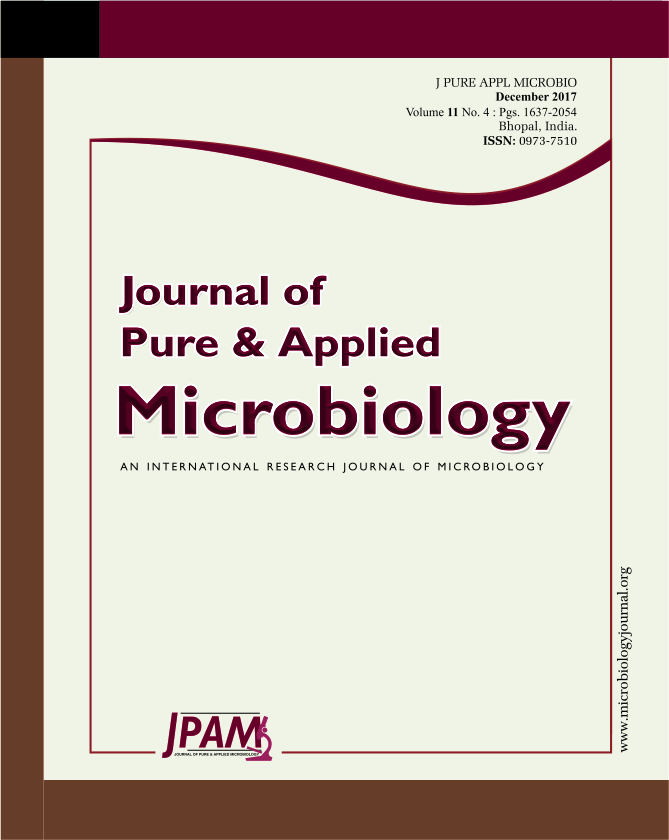In an exertion to isolate natural non-harmful mosquitocidal bacteria, 158 samples of soil were collected from various habitats of Himalayan valley Kashmir. A total of 450 bacteria were screened for mosquitocidal activities against three epidemiological disease causing vectors: Aedes aegypti, Culex quinquefasciatus and Anopheles stephensi larvae/pupae. Out of 450 bacteria screened, none had shown pupicidal activity. However, two isolates KS2-15 and KS2-13 exhibited mosquito larvicidal activity against C. quinquefasciatus (LC50: 1.36 × 103 spores/mL; 1.41 × 103 spores/mL respectively) and A. stephensi (LC50: 2.14 × 103 spores/mL; 2.11 × 103 spores/mL correspondingly). These two isolates were identified, morphologically, biochemically and comparative investigation of 16S rRNA gene sequences, as Lysinibacillus sphaericus (previously Bacillus sphaericus). Sodium dodecyl sulfate polyacrylamide gel electrophoresis analysis of spore crystal mixture of each strain revealed two major bands of around 51.4 kDa and 41.9 kDa. PCR of mosquitocidal toxin genes showed the presence of BinA and BinB genes in both the strains. Comparative amino acid sequence analysis revealed that the BinA (41.9 kDa) and BinB (51.4kDa) proteins of KS2-13 and L. sphaericus 2362 differ by 3 (K89E, E104A, Y176D) and 6 (A69S, K70N, I110T, N248H, H314L and L317F) amino acids respectively. Similarly BinA and BinB proteins of KS2-15 and L. sphaericus 2362 strains vary by 1 (E104A) and 3 (H109P, N248H and P274S) amino acids respectively. The varied amino acid sequences could be reason for the difference in activity. These two strains can act as good candidates for insecticidal formulation. Moreover, we reported for the first time the isolation of mosquitocidal Lysinibacillus strains from Kashmir valley.
Bin proteins; bin genes; Kashmir valley; Lysinibacillus; SDS-PAGE.
© The Author(s) 2017. Open Access. This article is distributed under the terms of the Creative Commons Attribution 4.0 International License which permits unrestricted use, sharing, distribution, and reproduction in any medium, provided you give appropriate credit to the original author(s) and the source, provide a link to the Creative Commons license, and indicate if changes were made.


